Mounting Environmental Mercury Concerns – But What About Our Mouths?

Lewis Carroll's Mad Hatter character was based on mercury poisoning in hatmakers
Mounting concerns over the spread of harmful mercury has researchers all over the world embarking on urgent studies of plants and animals. But what about the long overdue studies needed to get an accurate picture of the poisoning caused by mercury fillings still routinely placed in the human mouth?
There is no doubt that environmental mercury exposure is a real concern.
For example, Johns Hopkins University and the National Aquarium just compared levels of mercury in captive and wild dolphins and reported their findings this week in a recent issue of Science of the Total Environment. Not surprisingly, they found lower levels of mercury in the captive animals - who received a controlled diet of North Atlantic fish - versus the dolphins they tested off the waters of Florida who fed from the natural food chain where power plants and chemical factories proliferate.
"While mercury levels in the wild dolphins off South Carolina were slightly higher than those in the National Aquarium dolphins, readings from the dolphins off the Florida coasts were significantly higher," stated the lead author of the study, Yongseok Hong, postdoctoral fellow in the Department of Geography and Environmental Engineering in Johns Hopkins' Whiting School of Engineering and lead author of the study.
Public health officials are concerned about human consumption of mercury because it is known to damage the brain and other parts of the nervous system, especially in young children.
And last Wednesday the United States Centers for Disease Control and Prevention lowered its threshold for the diagnosis of lead poisoning - in effect multiplying the number of children at risk by five.
Advocates are urging the CDC to do the same for mercury poisoning.
"The brains of today's children are the security of the nation a generation from now," said Philip Landrigan, adjunct professor of environmental health at Harvard University. "There are high stakes here."
And while acute lead and mercury poisoning have been greatly reduced through increased controls and public education, studies on the chronic effects of mercury exposure from dental fillings in particular, are intentionally avoided according to retired University of Kentucky biochemistry Professor Boyd Haley, P.h.D.
“Politics control our science, not scientists,” said Haley. “The government doesn’t want to know.”
But what we already know about chronic lower-level exposure is this. It enters the bloodstream and can pass through the blood/brain barrier, where it becomes oxidized and is retained in brain tissue. Elimination is slow, so it accumulates in the nervous system. Symptoms include increased excitability, mental instability, tendency to weep, fine tremors of the hands and feet, and personality changes.
In fact, the term “mad as a hatter,” and the character the Mad Hatter in Lewis Carroll’s Alice in Wonderland are known to be references to the mercury poisoning suffered by hat factory workers in Stockport, England near Lewis’ hometown. The felt for the hats was cured by a process that released mercury and the hatters and mill workers suffered neurological damage, appearing disturbed or confused and many died prematurely.
So why are dentists still putting this highly toxic substance in our bodies, just inches from our brains?
Because, sadly, the dental industry is just that, an industry and it protects the money-making practice of filling teeth with cheap mercury amalgams at all costs - even our health and very lives.
Ramiel Nagel’s gives a profound example in his book Cure Tooth Decay. He explains how the first reported case of Hodgkins lymphoma coincided with the introduction of amalgam fillings. Dr. Olympio Pinto wrote his master’s thesis on mercury toxicity. It was never published because, according to Pinto, the National Institute of Dental Research found out about it and put a stop to it.
Nagel recommends several books on the subject in Cure Tooth Decay, and provides tips on finding a holistic dentist and what to do about existing fillings.
References:
"Mercury in Dolphins: Study Compares Toxin Levels in Captive and Wild Sea Mammals." « News from The Johns Hopkins University. Web. 25 May 2012..
http://www.orcbs.msu.edu/AWARE/pamphlets/hazwaste/mercuryfacts.html Ingham County Emergency Planning & Community Right-to-Know Committee, Michigan State University Office of Radiation, Chemical & Biological Safety
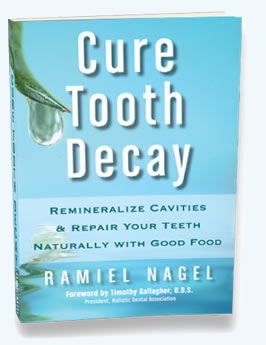


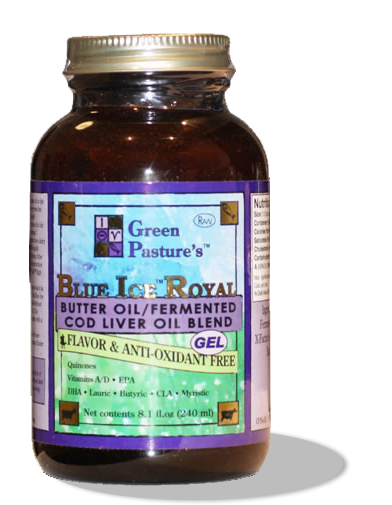
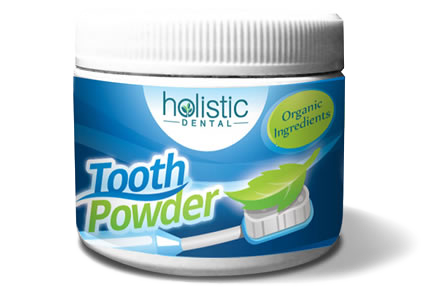
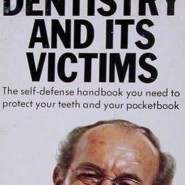 The One Thing that Shocks Dentists
The One Thing that Shocks Dentists Diet Recovery: e-Book Review
Diet Recovery: e-Book Review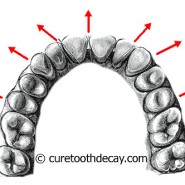 Assembly Line Orthodontics Can Damage Faces
Assembly Line Orthodontics Can Damage Faces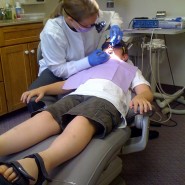 Pediatric Dentistry – Possible Inadequacies
Pediatric Dentistry – Possible Inadequacies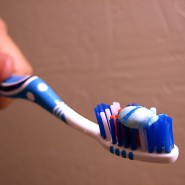 Magical Toothpaste Too Good To Be True
Magical Toothpaste Too Good To Be True Fluoride: A Toxic Waste, Part 2
Fluoride: A Toxic Waste, Part 2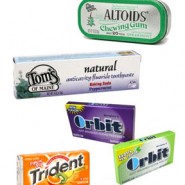 Sugar Alcohols and Tooth Decay
Sugar Alcohols and Tooth Decay Mounting Environmental Mercury Concerns – But What About Our Mouths?
Mounting Environmental Mercury Concerns – But What About Our Mouths? Bacteria Does Not Cause Disease – Raw Milk And Tooth Decay
Bacteria Does Not Cause Disease – Raw Milk And Tooth Decay Type 2 Diabetes Epidemic in Children; Dentistry and Tooth Decay
Type 2 Diabetes Epidemic in Children; Dentistry and Tooth Decay


